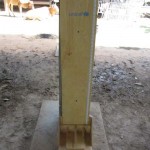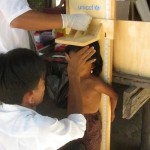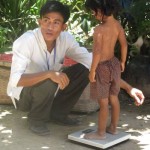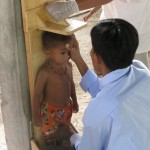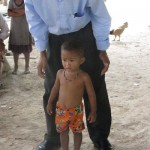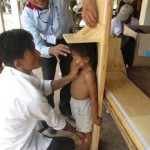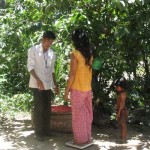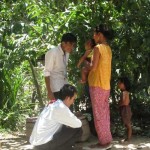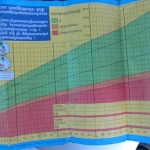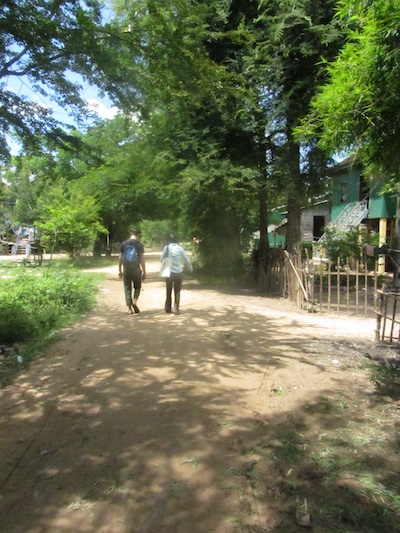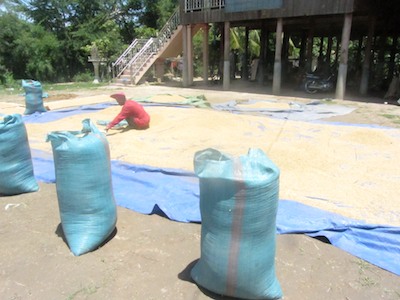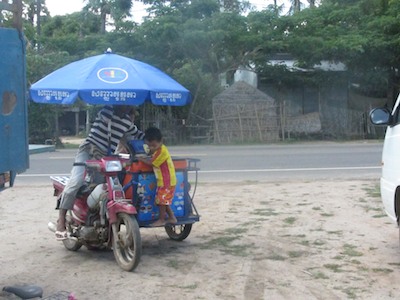This week is the 20th World Breastfeeding Week, an initiative started by the WHO (World Health Organization) and UNICEF (United Nations Children’s Fund) to promote breastfeeding, especially in developing countries. While New York City Mayor Bloomberg’s breastfeeding initiative, which was appropriately announced this week, has ignited a heated debate in Western media about a mother’s right to choose formula or breastfeeding, the situation is quite different in developing countries. (To read about Latch On NYC, check out the press release here.)
The benefits of breast milk cannot be overstated in developing countries (and developed too).
- Breast milk is the only source of Immunoglobulin A, an antibody required to protect newborns from illness.
- It is a guaranteed source of clean water.
- Despite a mother’s nutritional status, it will always retain the proper balance of fat, protein, and other nutrients necessary to promote healthy growth in babies and infants, whereas mothers may end up watering down formula to make their supply last longer. Additionally, the fat and protein in breast milk are more easily absorbed than the nutrients in formula, and breast milk is easier for the baby’s sensitive gastrointestinal tract to handle.
- The iron in breast milk is more readily absorbed than the iron in cow’s milk or formula (50% versus 10%).
- It’s free!
There are numerous benefits to the mother as well, but I’m only focusing on the nutritional and immunological benefits to children right now.
Formula companies may send representatives to developing countries to promote their product and distribute free samples to new mothers, even though this has been declared illegal by the WHO in a document referred to as “The Code” (The International Code of Marketing of Breast-Milk Substitutes – you can read it here). The problem is that once the mothers go home, they often cannot afford to buy more formula, but they are no longer producing enough milk since they have been feeding their babies formula. In 2012, most (if not all) formula companies ignore The Code; hence the need for World Breastfeeding Week.
Cambodia has the highest rate of mortality for children under 5 in Southeast Asia due to malnutrition and associated illnesses (such as diarrhea and respiratory infections). This is why nutrition education is an important component of FoF. Our baseline survey’s module on knowledge and attitudes should help us identify what information women are lacking so that we can provide them with the tools to help their children. We will also be incorporating the country’s current complementary feeding strategy, which educates parents on how and when to start adding nutritious foods to a breast milk diet. The Phnom Penh Post published an informative article about this two months ago (you can find it here). The WHO recommends that women should breastfeed exclusively until 6 months of age, and then start introducing foods while continuing to breastfeed until their child is at least 2 years old.
The theme of this year’s World Breastfeeding Week in Cambodia is “Baby needs mom made, not man made“. This slogan has been printed on t-shirts and banners to promote the message. In addition, there will be a round-table discussion on the dangers of bottle feeding, a radio call-in program for women to ask questions related to bottle feeding, press releases in local papers and TV spots promoting this year’s theme.
For more information about World Breastfeeding Week, check out the World Breastfeeding Website.

